Motorsports
With Not My Job guest Jeff Gordon : NPR
Jeff Gordon, Vice Chairman of Hendrick Motorsports looks on from the pit box during the NASCAR Cup Series Brickyard 400 at Indianapolis Motor Speedway on July 21, 2024 in Indianapolis, Indiana. (Photo by James Gilbert/Getty Images) James Gilbert/Getty Images hide caption toggle caption James Gilbert/Getty Images This week’s show was recorded in Chicago with host […]
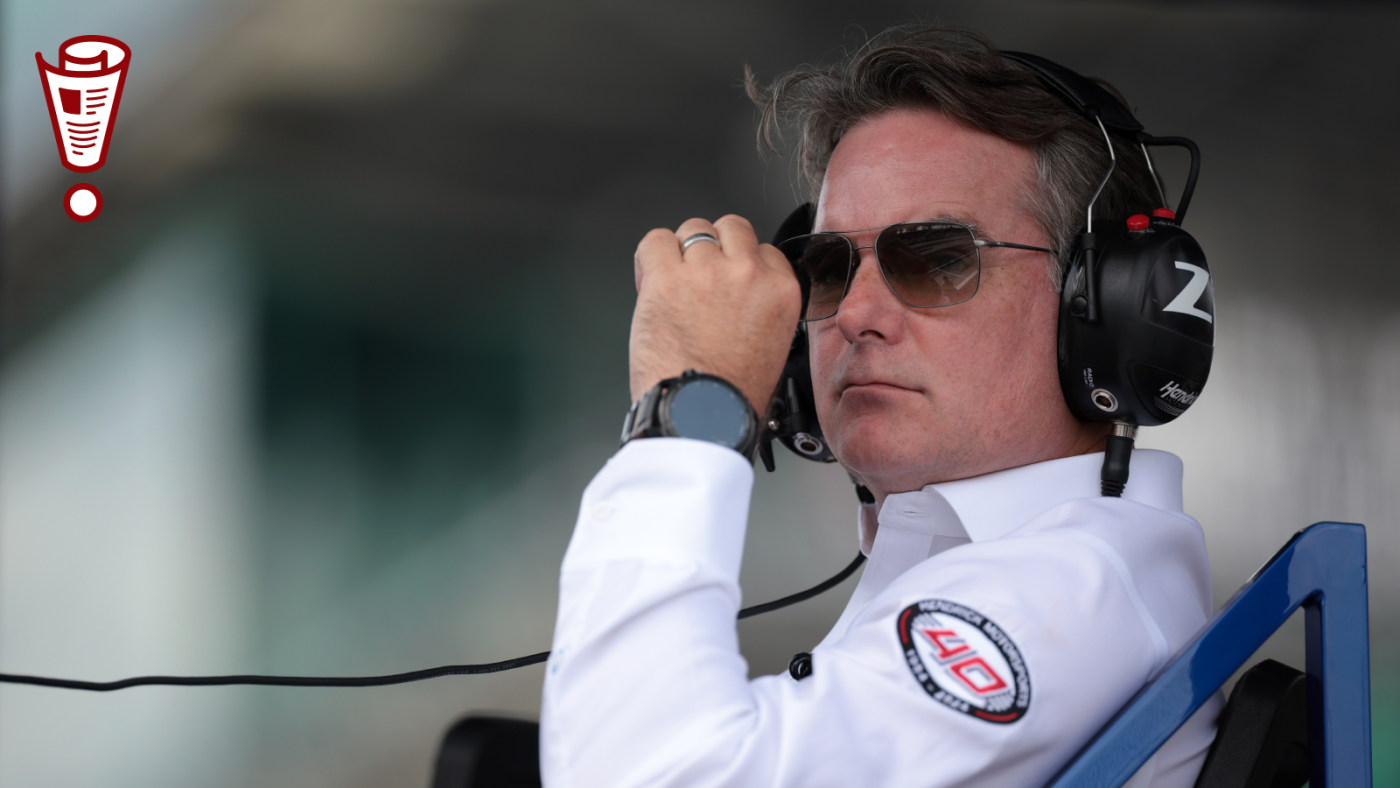

Jeff Gordon, Vice Chairman of Hendrick Motorsports looks on from the pit box during the NASCAR Cup Series Brickyard 400 at Indianapolis Motor Speedway on July 21, 2024 in Indianapolis, Indiana. (Photo by James Gilbert/Getty Images)
James Gilbert/Getty Images
hide caption
toggle caption
James Gilbert/Getty Images
This week’s show was recorded in Chicago with host Peter Sagal, judge and scorekeeper Bill Kurtis, Not My Job guest Jeff Gordon and panelists Negin Farsad, Zach Zimmerman, and Adam Burke. Click the audio link above to hear the whole show.
Who’s Bill This Time
Beltway Breakup; A New Reason To Avoid Salad; Bookin’ It This Summer
Panel Questions
A Husband’s Secret Revealed
Bluff The Listener
Our panelists tell three stories about someone who made millions of dollars in the news this week, only one of which is true.
Not My Job: NASCAR legend Jeff Gordon answers questions about being a passenger
NASCAR legend Jeff Gordon joins us to talk about driving his first race when he was five years old, what he talks to about with the pit crew, and the terror of teaching his kids to drive. Plus, he plays our game, “Leave the Driving to Us,” three questions about passengers.
Panel Questions
Wild Summer; The Danny DeVito Test
Limericks
Bill Kurtis reads three news-related limericks: The Picante Diet; Party Like A Fruit Fly; Nervous Lips
Lightning Fill In The Blank
All the news we couldn’t fit anywhere else
Predictions
Our panelists predict, with all the competitive reading going on, what will be the hit book of the summer.
Motorsports
How Developers Are Buying Out American Motorsports
Read the full story on Backfire News Race Tracks vs Real Estate: How Developers Are Buying Out American Motorsports If you’ve noticed more shopping centers where burnout boxes used to be, you’re not hallucinating. Across the U.S., drag strips, dirt ovals, and road courses are quietly vanishing—not because fans stopped showing up, but because developers […]
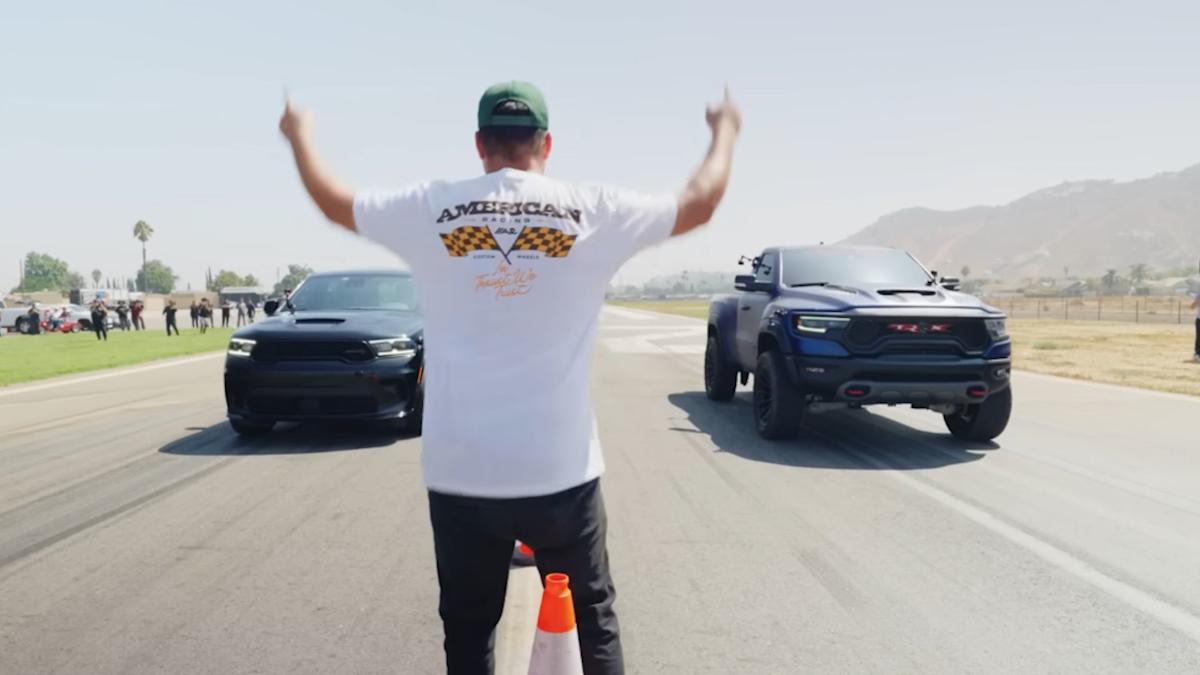
Read the full story on Backfire News

Race Tracks vs Real Estate: How Developers Are Buying Out American Motorsports
If you’ve noticed more shopping centers where burnout boxes used to be, you’re not hallucinating. Across the U.S., drag strips, dirt ovals, and road courses are quietly vanishing—not because fans stopped showing up, but because developers showed up with fatter wallets. American motorsports is being squeezed out by a monster far more ruthless than any top-fueler: real estate.
The Profit Behind the Pavement
Let’s cut the nostalgia for a second and talk hard numbers. Many tracks sit on massive plots of flat, conveniently zoned land near suburban growth corridors. To a developer, that’s not a venue—it’s a blank check. In cities where housing is in “crisis,” any large plot of land not being used to cram in condos or strip malls is a missed opportunity.
Take Atlanta Dragway. NHRA sold the 318-acre facility in 2021 after more than 60 years of operation. The buyer? A development firm reportedly planning an industrial complex. “It’s just business,” said NHRA brass, likely while swimming through a pool of cash like Scrooge McDuck.
Noise Complaints: The Convenient Excuse
Every time a racetrack closes, you’ll hear the same refrain: “residential complaints.” And sure, there’s some truth there. Nobody likes sleeping next to a nitro-methane symphony. But let’s be honest—those complaints don’t usually surface until after the developer builds a neighborhood right next to the track.
In some cases, this is strategic. Develop the land, build the homes, let the homeowners complain, and pressure the local government to revoke permits or restrict operations. Then the track gets strangled by noise ordinances, and guess who’s waiting with a “fair market value” offer?
Local Governments: Partners in Crime
You’d think local officials might protect venues that bring tourism, revenue, and culture to a community. Think again. Politicians love ribbon cuttings. It’s a lot more glamorous to announce a new distribution center or suburban tech campus than to stand next to a tire wall and talk about heritage.
Motorsports rarely gets tax breaks or incentives. Developers do. So when it comes time to “revitalize” an area, the track is the first thing on the chopping block.
Who Wins? Not You
The big winners? Developers, obviously. National chains. Corporate landlords. Maybe the town gets some new property tax revenue, maybe not. The racers? They get nothing but a longer drive to the next legal track—if there even is one.
And the fans? We’re just supposed to get over it. Trade the scent of burnt rubber for faux artisan coffee and yet another Planet Fitness.
The Bigger Consequence: Nowhere Left to Race
This isn’t just about nostalgia. It’s about infrastructure. Take away legal venues, and people will find alternatives. Uncontrolled ones. Street takeovers are skyrocketing, and media outlets love to lump every car enthusiast into the same crowd. But they’re not the same—and part of the reason chaos is winning is because structure is losing.
Can It Be Stopped?
Kind of. Maybe. But it requires effort. Tracks need to own their land, rally their communities, and make themselves politically valuable. Fans need to show up, not just comment angrily when a closure is announced. And local governments? They need to stop chasing every shiny development deal like it’s the last golden ticket.
Until then, the real race isn’t on the quarter mile. It’s between bulldozers and burnout boxes—and we’re losing.
Motorsports
NASCAR Clash will return to Bowman Gray Stadium to start 2026 season
A lot of moving parts remain to be nailed down before the 2026 NASCAR schedule is released, but we know where the engines will first crank to life. Bowman Gray Stadium — in Winston-Salem, N.C. — will again serve as host of the season-opening Clash over the weekend of Jan. 31-Feb. 1. Cook Out, a […]
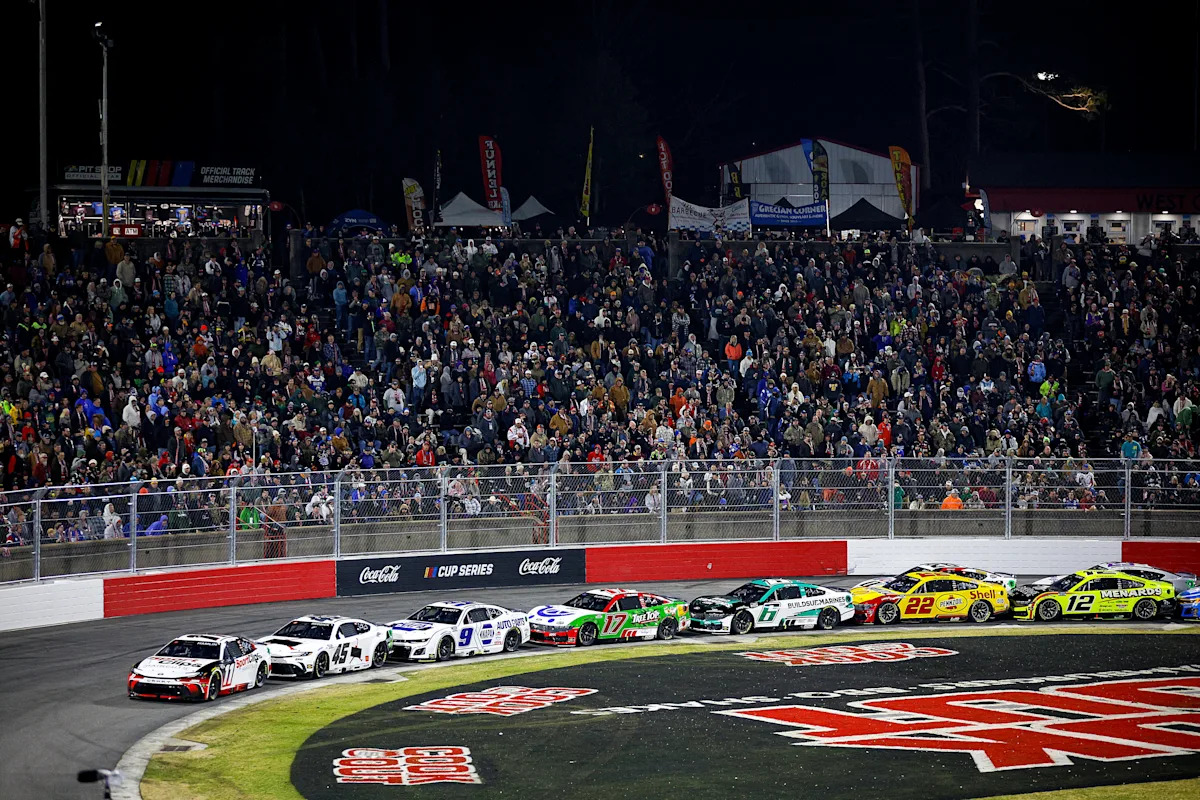
A lot of moving parts remain to be nailed down before the 2026 NASCAR schedule is released, but we know where the engines will first crank to life.
Bowman Gray Stadium — in Winston-Salem, N.C. — will again serve as host of the season-opening Clash over the weekend of Jan. 31-Feb. 1. Cook Out, a North Carolina-based chain of fast-food restaurants, will return as title sponsor.
Advertisement
“We wrote a new chapter in the storied history of motorsports at Bowman Gray Stadium with the Cook Out Clash this year,” said Joey Dennewitz, NASCAR’s managing director of its regional efforts. “As NASCAR’s first weekly racetrack, we are proud to bring the 2026 Cook Out Clash back to the original home to grassroots racing.”
VOTE: Where should NASCAR host next street race after Chicago?

Bowman Gray Stadium includes a quarter-mile track around a football field, but that’s where the similarities end with the L.A. Coliseum.
After a 43-year run at Daytona International Speedway (1979-2021), the Clash has been a short-track race the past four years — from 2022-24 at the Los Angeles Coliseum before moving to the quarter-mile Bowman Gray track this year.
Advertisement
It has become part of NASCAR’s recent embrace of historic North Carolina venues — the All-Star Race moved to North Wilkesboro two years ago, and earlier this year, the Xfinity and Truck Series returned to Rockingham.
The 2026 Clash will be followed by an off-weekend for NASCAR (the weekend of the Super Bowl) before the regular season starts with the Feb. 15 Daytona 500.
This article originally appeared on The Daytona Beach News-Journal: NASCAR Clash returning to Bowman Gray to start 2026 Cup Series season
Motorsports
Subaru Motorsports USA Returns to Goodwood Festival of Speed
The Goodwood Festival of Speed returns July 10-13, and Subaru Motorsports USA says that it is set to make its mark at the annual event once again. With a proven track record and fan-favorite drivers at the helm, the team is coming back to the South of England with eyes on the podium and to continue a lineage that […]

The Goodwood Festival of Speed returns July 10-13, and Subaru Motorsports USA says that it is set to make its mark at the annual event once again. With a proven track record and fan-favorite drivers at the helm, the team is coming back to the South of England with eyes on the podium and to continue a lineage that helped shape rally history, stated company officials in a press release.
At his debut at the 2024 Festival, Scott Speed and the WRX: Project Midnight recorded the fastest internal combustion engine (ICE) time and ran neck-and-neck with electric competitors with triple the power. The duo is back for 2025, and Speed says, “Project Midnight is an amazing car. And Goodwood is a special event. I can’t wait to run it up that hill again.”
The car is brutally loud, shooting flames out of the hood as it charges toward its nearly 10,000 rpm redline—an unmistakable presence on the hill, noted the release.
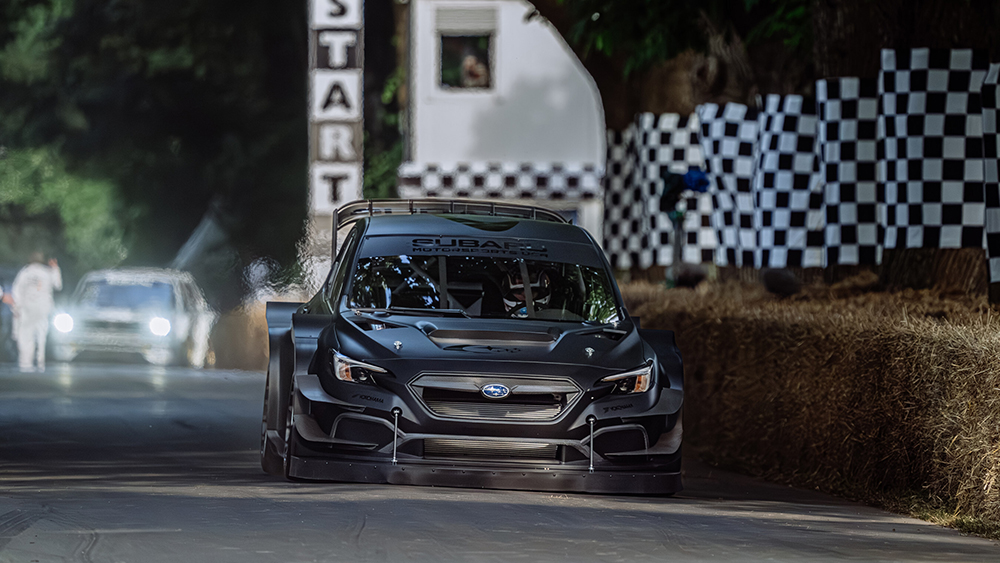
Extreme Sports Icon Travis Pastrana Will Also Be Driving for Subaru Motorsports USA
Subaru Motorsports USA driver and extreme sports icon Travis Pastrana will also return to this year’s Festival of Speed. He will be behind the wheel of the class-leading WRX ARA25 on the gravel of Goodwood’s storied rally stage. With his characteristic energy and flair, Pastrana is set to thrill in the American Rally Association (ARA) Open 4WD class car.
“I’m stoked to be in the O4WD car again,” Pastrana says. “It’ll take a second to get used to it, but I always have fun driving for that crowd. We’re gonna have a great time.”
Celebrating Racing Legends & Anniversaries
As Goodwood celebrates 30 years since Colin McRae’s title-winning season, Subaru says its presence on the rally stage carries added weight. With several of McRae’s own cars running alongside the WRX ARA25, the moment is both a tribute and a reminder: the spirit that defined an era continues today—loud, fast, and still wearing the same iconic colors.
From classic motorsport icons and rare hypercars to experimental hybrids and full-electric mobility platforms, the 2025 Festival promises a diverse lineup. And with Formula 1’s 75th anniversary as a central theme, fans can expect to see legends of speed from every corner of the racing world.
Motorsports
NASCAR Clash returning to Bowman Gray to start 2026 Cup Series season
A lot of moving parts remain to be nailed down before the 2026 NASCAR schedule is released, but we know where the engines will first crank to life. Bowman Gray Stadium — in Winston-Salem, N.C. — will again serve as host of the season-opening Clash over the weekend of Jan. 31-Feb. 1. Cook Out, a […]
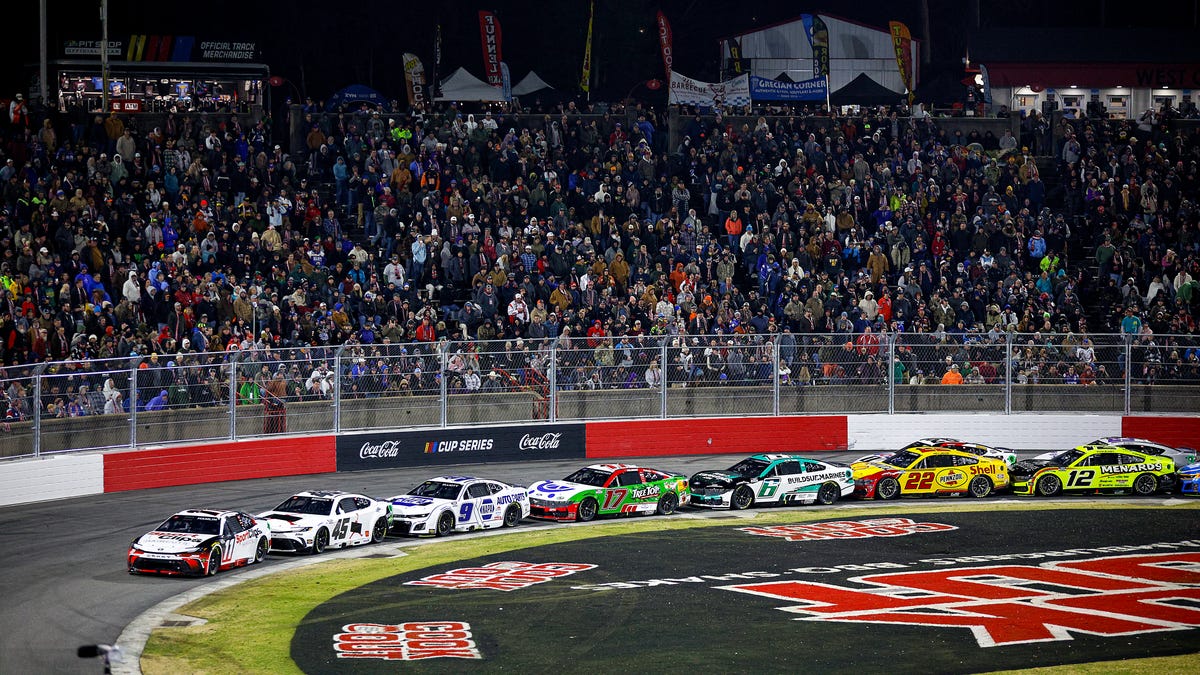
A lot of moving parts remain to be nailed down before the 2026 NASCAR schedule is released, but we know where the engines will first crank to life.
Bowman Gray Stadium — in Winston-Salem, N.C. — will again serve as host of the season-opening Clash over the weekend of Jan. 31-Feb. 1. Cook Out, a North Carolina-based chain of fast-food restaurants, will return as title sponsor.
“We wrote a new chapter in the storied history of motorsports at Bowman Gray Stadium with the Cook Out Clash this year,” said Joey Dennewitz, NASCAR’s managing director of its regional efforts. “As NASCAR’s first weekly racetrack, we are proud to bring the 2026 Cook Out Clash back to the original home to grassroots racing.”
After a 43-year run at Daytona International Speedway (1979-2021), the Clash has been a short-track race the past four years — from 2022-24 at the Los Angeles Coliseum before moving to the quarter-mile Bowman Gray track this year.
It has become part of NASCAR’s recent embrace of historic North Carolina venues — the All-Star Race moved to North Wilkesboro two years ago, and earlier this year, the Xfinity and Truck Series returned to Rockingham.
The 2026 Clash will be followed by an off-weekend for NASCAR (the weekend of the Super Bowl) before the regular season starts with the Feb. 15 Daytona 500.
Motorsports
Race Tracks vs Real Estate: How Developers Are Buying Out American Motorsports
If you’ve noticed more shopping centers where burnout boxes used to be, you’re not hallucinating. Across the U.S., drag strips, dirt ovals, and road courses are quietly vanishing—not because fans stopped showing up, but because developers showed up with fatter wallets. American motorsports is being squeezed out by a monster far more ruthless than any […]
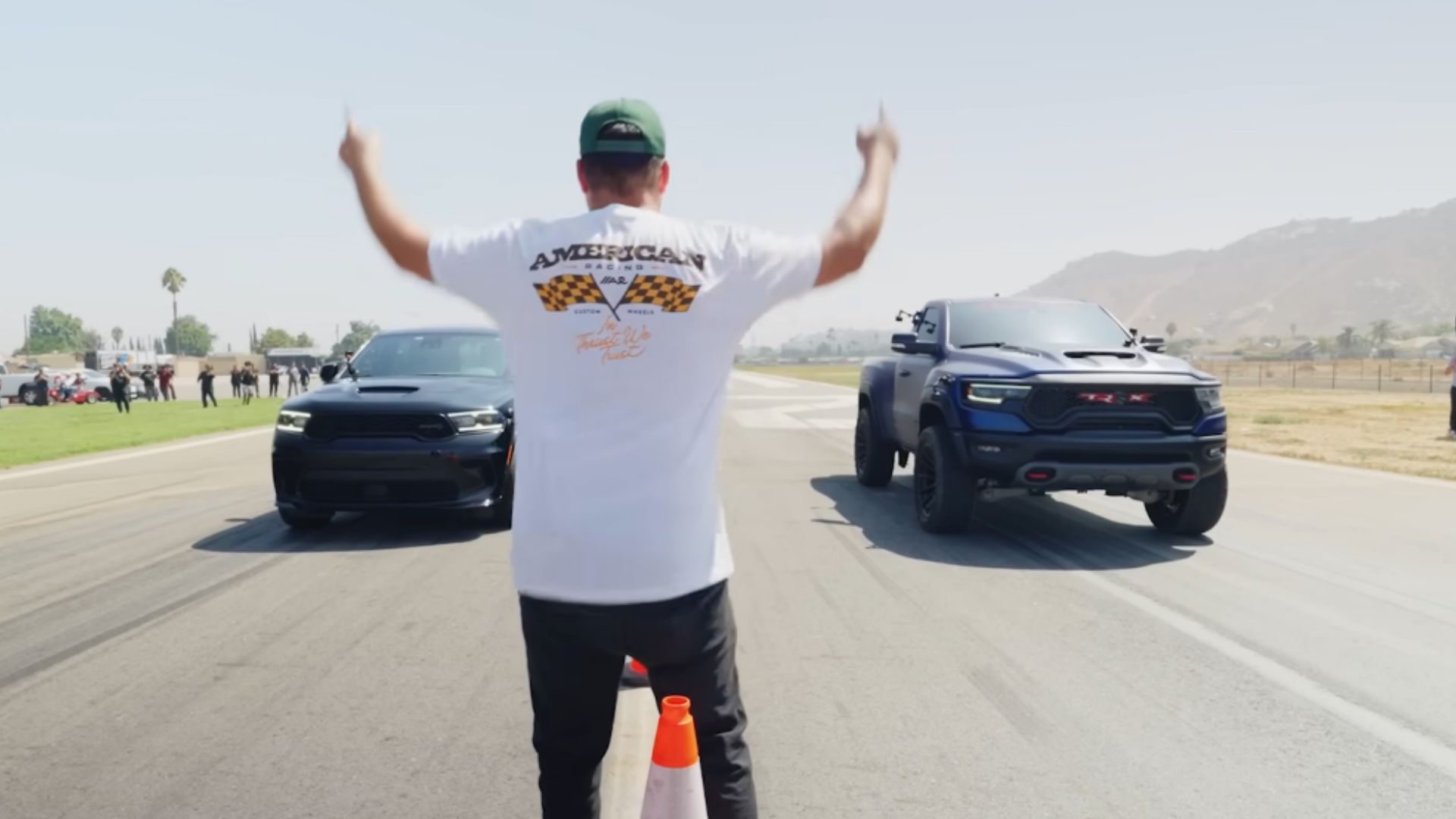
If you’ve noticed more shopping centers where burnout boxes used to be, you’re not hallucinating. Across the U.S., drag strips, dirt ovals, and road courses are quietly vanishing—not because fans stopped showing up, but because developers showed up with fatter wallets. American motorsports is being squeezed out by a monster far more ruthless than any top-fueler: real estate.
The Profit Behind the Pavement
Let’s cut the nostalgia for a second and talk hard numbers. Many tracks sit on massive plots of flat, conveniently zoned land near suburban growth corridors. To a developer, that’s not a venue—it’s a blank check. In cities where housing is in “crisis,” any large plot of land not being used to cram in condos or strip malls is a missed opportunity.
Take Atlanta Dragway. NHRA sold the 318-acre facility in 2021 after more than 60 years of operation. The buyer? A development firm reportedly planning an industrial complex. “It’s just business,” said NHRA brass, likely while swimming through a pool of cash like Scrooge McDuck.
Noise Complaints: The Convenient Excuse
Every time a racetrack closes, you’ll hear the same refrain: “residential complaints.” And sure, there’s some truth there. Nobody likes sleeping next to a nitro-methane symphony. But let’s be honest—those complaints don’t usually surface until after the developer builds a neighborhood right next to the track.
In some cases, this is strategic. Develop the land, build the homes, let the homeowners complain, and pressure the local government to revoke permits or restrict operations. Then the track gets strangled by noise ordinances, and guess who’s waiting with a “fair market value” offer?
Local Governments: Partners in Crime
You’d think local officials might protect venues that bring tourism, revenue, and culture to a community. Think again. Politicians love ribbon cuttings. It’s a lot more glamorous to announce a new distribution center or suburban tech campus than to stand next to a tire wall and talk about heritage.
Motorsports rarely gets tax breaks or incentives. Developers do. So when it comes time to “revitalize” an area, the track is the first thing on the chopping block.
Who Wins? Not You
The big winners? Developers, obviously. National chains. Corporate landlords. Maybe the town gets some new property tax revenue, maybe not. The racers? They get nothing but a longer drive to the next legal track—if there even is one.
And the fans? We’re just supposed to get over it. Trade the scent of burnt rubber for faux artisan coffee and yet another Planet Fitness.
The Bigger Consequence: Nowhere Left to Race
This isn’t just about nostalgia. It’s about infrastructure. Take away legal venues, and people will find alternatives. Uncontrolled ones. Street takeovers are skyrocketing, and media outlets love to lump every car enthusiast into the same crowd. But they’re not the same—and part of the reason chaos is winning is because structure is losing.
Can It Be Stopped?
Kind of. Maybe. But it requires effort. Tracks need to own their land, rally their communities, and make themselves politically valuable. Fans need to show up, not just comment angrily when a closure is announced. And local governments? They need to stop chasing every shiny development deal like it’s the last golden ticket.
Until then, the real race isn’t on the quarter mile. It’s between bulldozers and burnout boxes—and we’re losing.
Motorsports
Katherine Legge scores NASCAR Cup career best at Chicago, becomes first woman in top-20 in eight years
Katherine Legge scores NASCAR Cup career best at Chicago, becomes first woman in top-20 in eight years top of page bottom of page Link 1
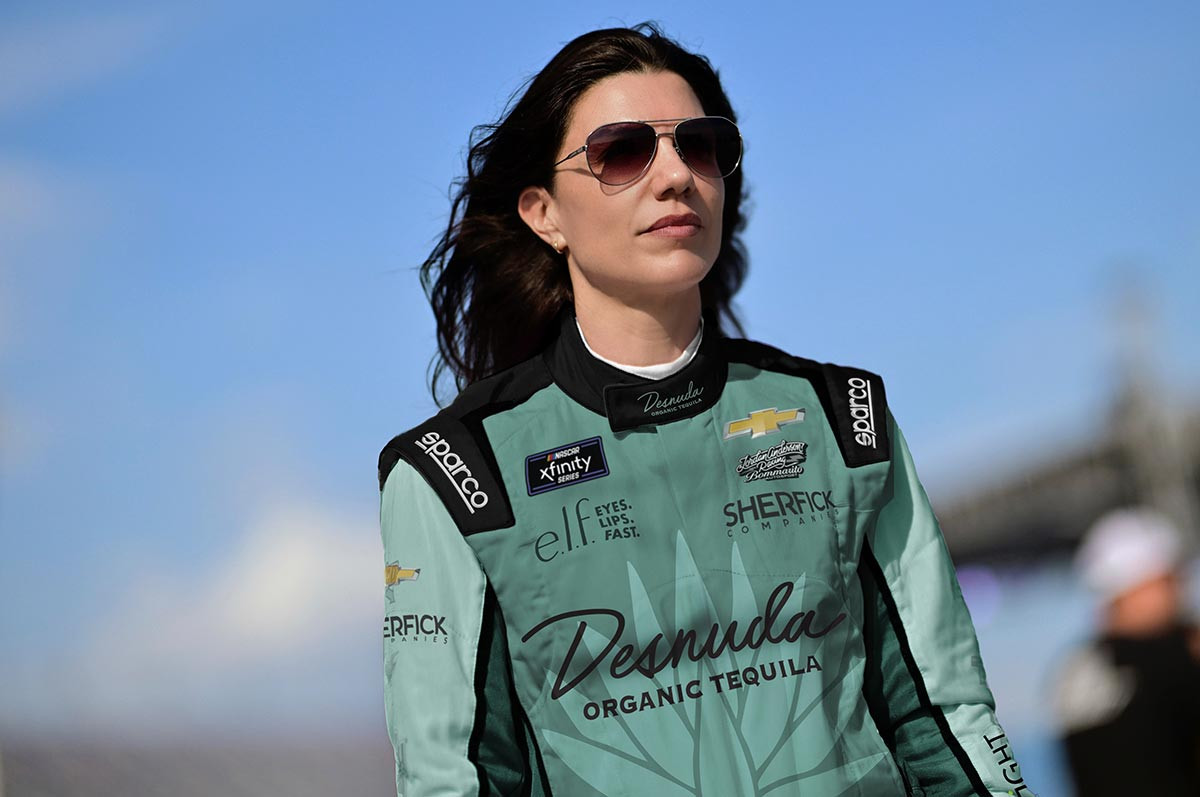
top of page
bottom of page
-

 Technology2 weeks ago
Technology2 weeks agoPet fitness and wellness trends for a healthier and happier dog
-

 College Sports2 weeks ago
College Sports2 weeks agoWAC to Rebrand to UAC, Add Five New Members in 2026
-

 Motorsports1 week ago
Motorsports1 week agoWhy Cosmetics are Making Up for Lost Time in Women’s Sports
-
College Sports3 weeks ago
Women's Basketball Thanks Shannon LeBeauf for 14 Seasons
-

 Professional Sports3 weeks ago
Professional Sports3 weeks agoAlex Pereira responds to rumors of UFC heavyweight title fight with threatening message
-

 College Sports3 weeks ago
College Sports3 weeks agoAlabama Basketball
-

 Professional Sports2 weeks ago
Professional Sports2 weeks agoFrancis Ngannou sends Dana White a message following Jon Jones' shock UFC retirement
-

 College Sports2 weeks ago
College Sports2 weeks agoA new era of Dickinson hockey begins behind the bench – The Dickinson Press
-

 Motorsports2 weeks ago
Motorsports2 weeks agoNASCAR This Week – Patriot Publishing LLC
-

 Sports2 weeks ago
Sports2 weeks agoSEC Conference imposing a fine will create the opposite effect.
































